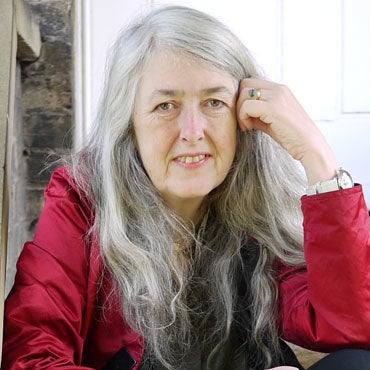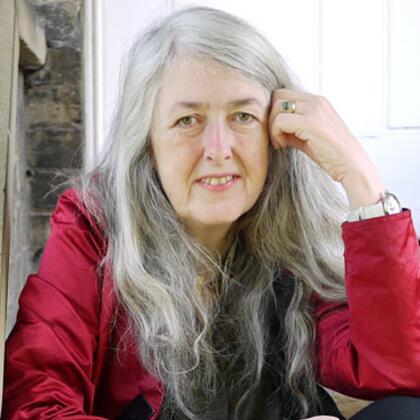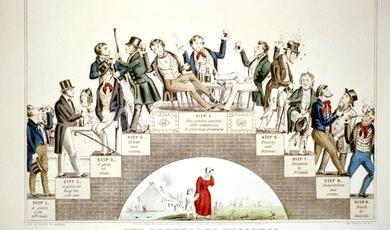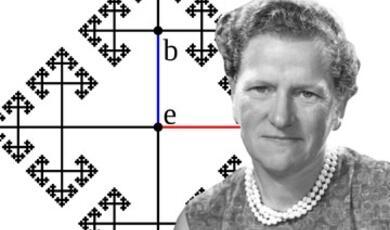How To Spot A Roman Emperor
Share
- Details
- Transcript
- Audio
- Downloads
- Extra Reading
At the request of the speaker, this video is no longer available to view on our website or YouTube channel
Mary Beard, Professor of Classics at the University of Cambridge, Fellow of Newnham College, and Royal Academy of Arts Professor of Ancient Literature - who is also well-known for her media appearances - will speak on the fascinating topic of images of Roman Emperors.
As well as being the Annual Royal Historical Society's Colin Matthew Lecture, the talk is also linked to the City of London's Roman Festival 'Londinium' in Autumn 2017.
Download Transcript
26 October 2017
How to Spot a Roman Emperor
Professor Mary Beard FSA FBA
The lectures starts from a Roman bust dragged out of the river Rhone at Arles, in Southern France in 2007 – and instantly identified as a portrait of Julius Caesar, taken from life. Now the most famous portrait of the dictator, and already the subject of several TV documentaries and star of his own special exhibition, he raises the question of how we ‘spot a Roman emperor’. He is not named, and there are no other firm marks of identification, so how do we know it is him?
The truth is, we don’t. There are only two ways to identify a bust as Julius Caesar: by comparing it to the description of Caesar given by Suetonius in his biography written almost 200 years after Caesar’s assassination (so how did he know?) and by matching it up to the tiny images on coins produced in his lifetime. Neither gives a certain answer, and over the last two centuries there has been a series of favoured candidates for the ‘best’ portrait of Caesar. For a long time, a head in the British Museum had pride of place (and was greeted by extraordinary eulogies by those who looked at it); this is now deemed to be an eighteenth or early nineteenth century fake. The BM head was replaced in popular and academic esteem by a head found in Italy by Lucien Bonaparte, brother of Napoleon, but this too has been downgraded – in favour of the head from the River Rhone.
The story of Caesar bust shows just how hard it is to put a name to a Roman face. And many of the same problems continue challenge the identification of Caesar’s successors:
Augustus 31 BC – AD 14
Tiberius 14 – 37
Caligula 37-41
Claudius 41-54
Nero 54-68
But there are also some different traps, which make knowing exactly who is who – whether in a marble bust or precious cameo – next to impossible. In the art of what was now a complicated dynasty, the whole point was that key members of the imperial family (whatever they ‘really’ looked like) were made to look like each other – and to look the part of an emperor. When we complain that line-ups of imperial busts in museums tend to look indistinguishably the same, we are absolutely right. Some of them, at least, were meant to.
The final part of the lecture takes ‘spotting an emperor’ in a different sense. Using the example of a famous bust wrongly identified in the sixteenth century as the (now) little known, short-term ruler Vitellius (on the throne for a few months in AD 69), it shows how his face was pointedly borrowed to appear in all kinds of different paintings between the sixteenth and the nineteenth centuries… you can spot him everywhere from paintings of Roman orgies to paintings of the Last Supper. Why was this emperor so enthusiastically re-used?
© Professor Mary Beard, 2017
This event was on Thu, 26 Oct 2017
Support Gresham
Gresham College has offered an outstanding education to the public free of charge for over 400 years. Today, Gresham plays an important role in fostering a love of learning and a greater understanding of ourselves and the world around us. Your donation will help to widen our reach and to broaden our audience, allowing more people to benefit from a high-quality education from some of the brightest minds.


 Login
Login







